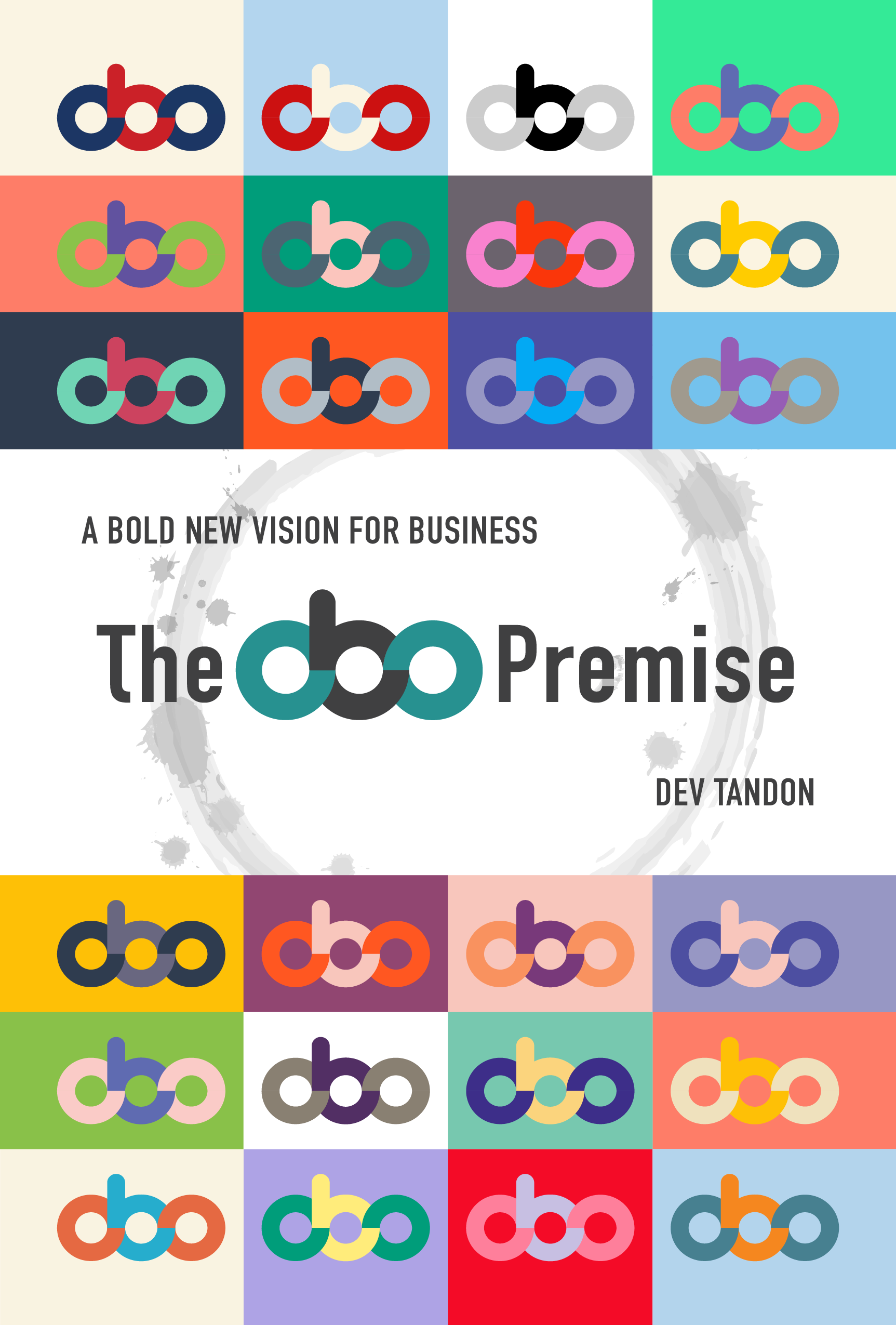One of the key shifts in attitude that we are employing in the movement is what I call an attitude of “Yes, And” as opposed to an attitude of “No, But.” This is the spirit of inclusion. In my experience, much of business today is run on an attitude of “No, But.” In fact, “no” is so commonly used that people will often open up a statement of agreement with the word “no.” The next time you’re in a meeting, notice how often people contradict someone’s point when they’re either making a complementary (non-contradictory) point, or even when they’re actually agreeing with the person they’re speaking to. The word “no” is so stiflingly ingrained in our lexicons and communication in business. This is the kind of culture and mindset we have the opportunity to change through our movement.
Rather than honoring the one “best” piece of work, “Yes, And” honors the work of everyone participating. We can have many different inputs and perspectives that are valued, rather than making a competition where most people feel like losers.
There are many great examples of “Yes, And” we’ve experienced so far in the movement. One is how we decided on the title for this book. While the title on the cover is “The OBO Premise,” as you’ll see at the end of this book, we had quite a few alternate titles which I’ll share with you, each of which we believe completely conveys what this book is about. Various team members on this book project had different ideas on what the book should be titled. Providing an alternate list of titles to you, the reader, results in a win-win all around: each title has its own subtle depth of meaning, and also, everyone’s input is clearly valued – that’s inclusion!
Another example is our approach to branding. As I mentioned previously, branding tends to be one of the most emotionally charged projects in a business – discussions become all about my colors and my designs. As the branding for the movement was coming together, we had multiple beautiful design options, developed by several people, all incorporating the same basic OBO logo. The conventional model, rooted in “No, But,” specifies that we should pick one design – one winner – and the rest get tossed out. In the spirit of “Yes, And,” rather than focusing our energy on picking one design, we focused our efforts on finding a way to incorporate all of the designs. And in so doing, the answer came to us: we’ll use one design for the branding of the OBO Movement itself, and other designs for individual businesses of the movement. What a beautiful way to incorporate the efforts and end products of all contributors!

Follow us here and subscribe here for all the latest news on how you can keep Thriving.
Stay up to date or catch-up on all our podcasts with Arianna Huffington here.


